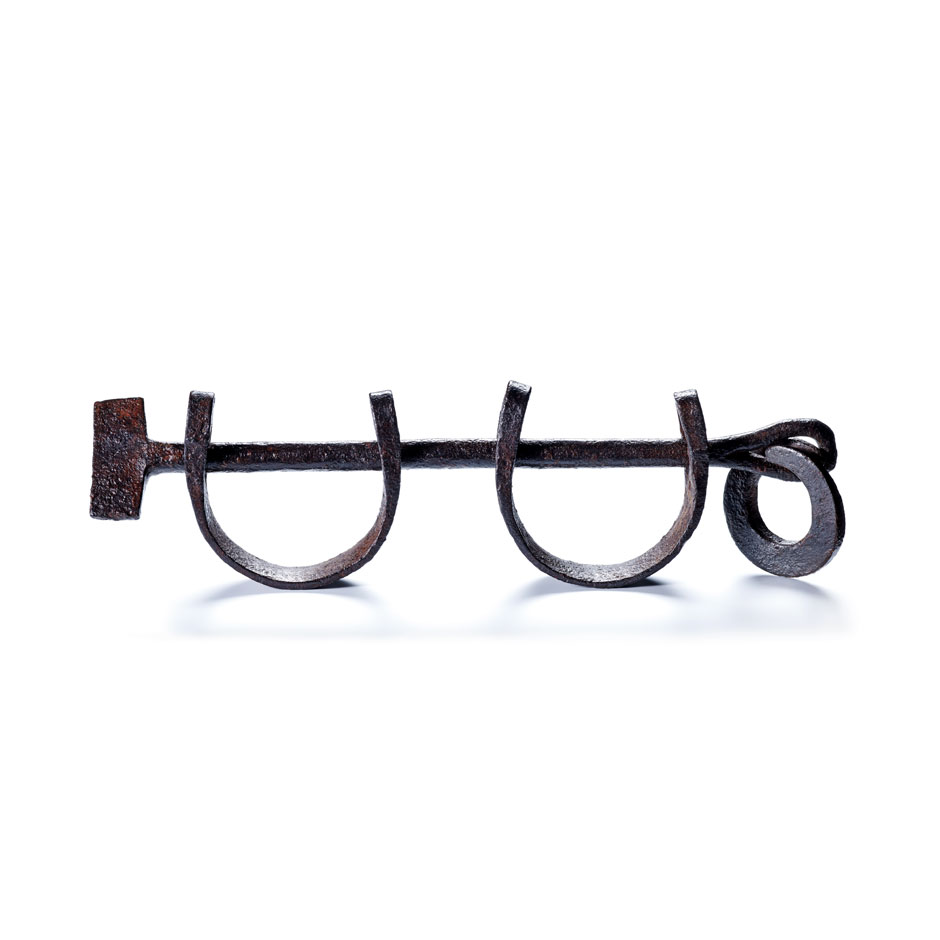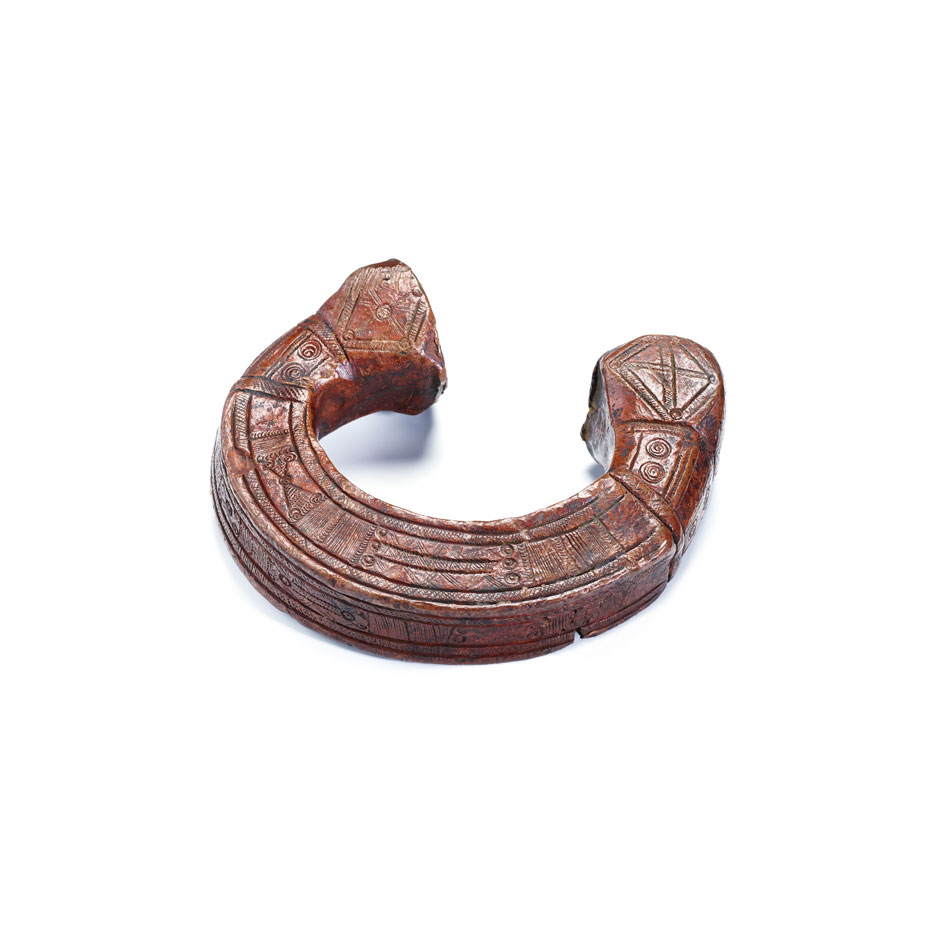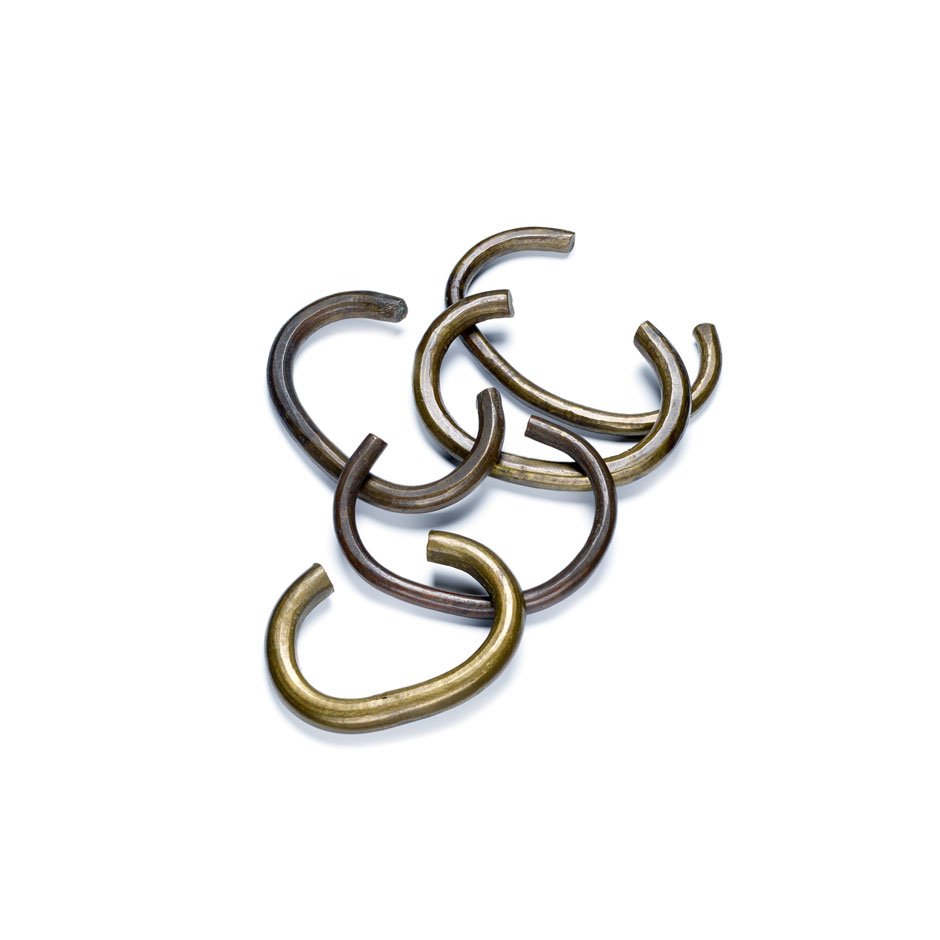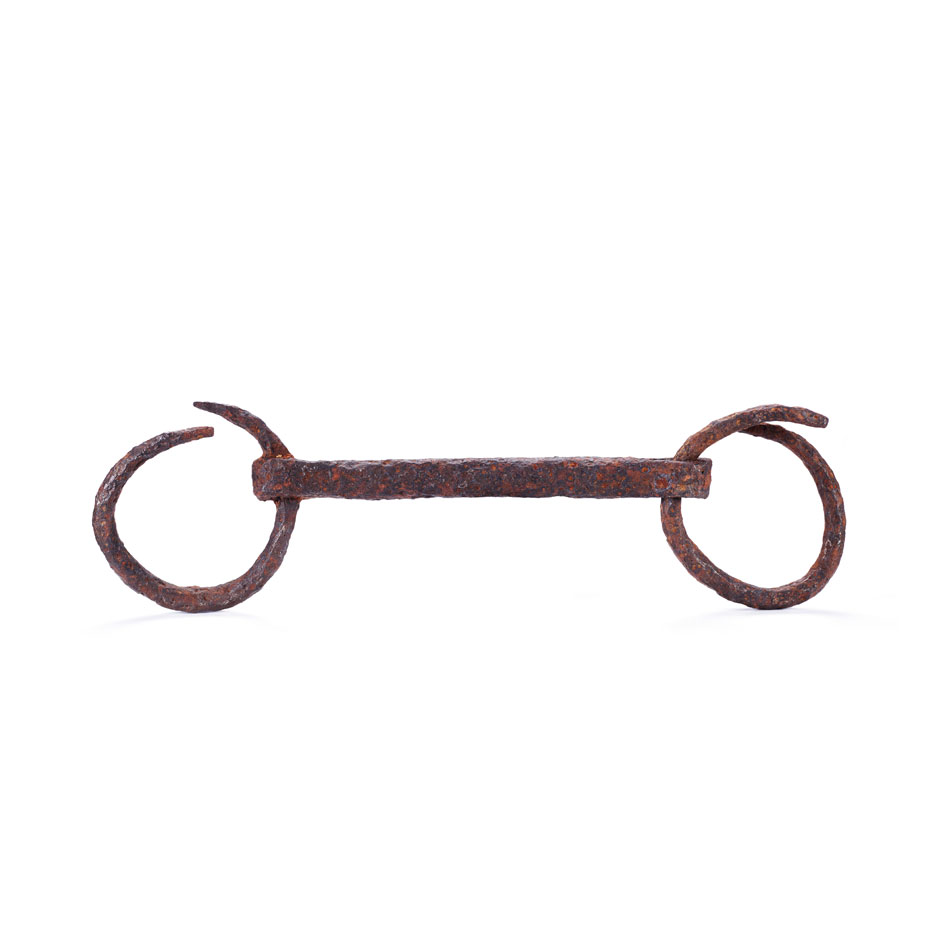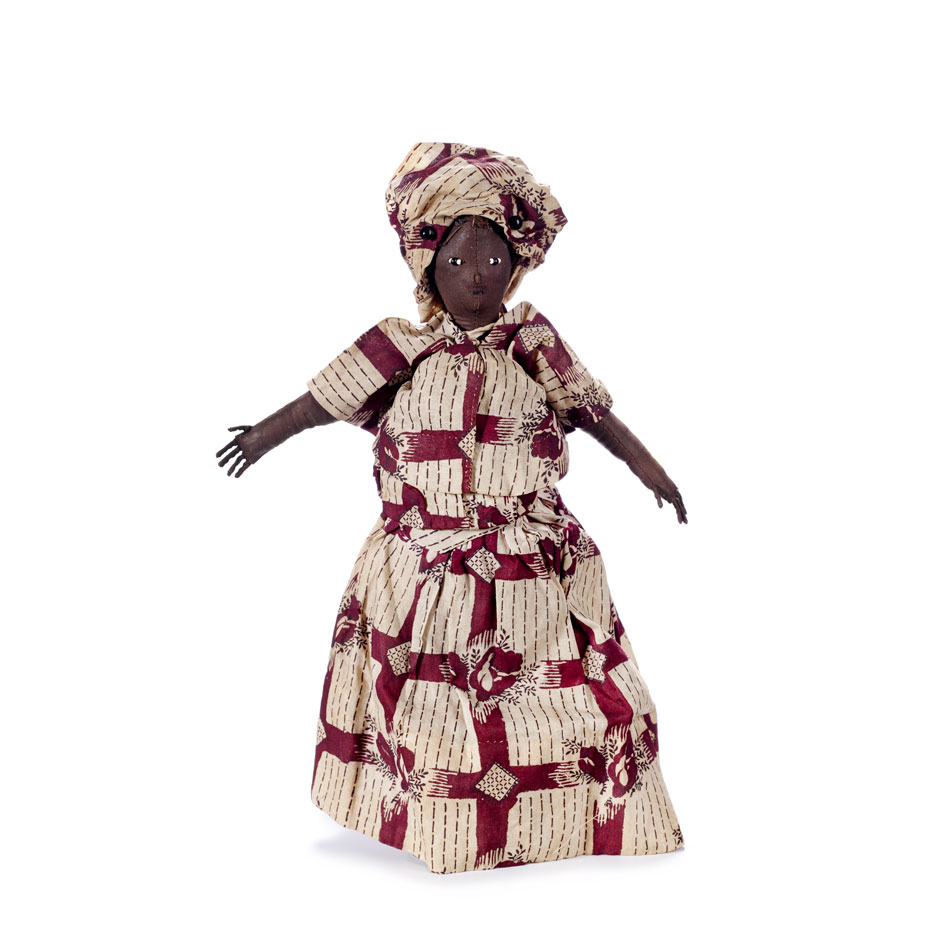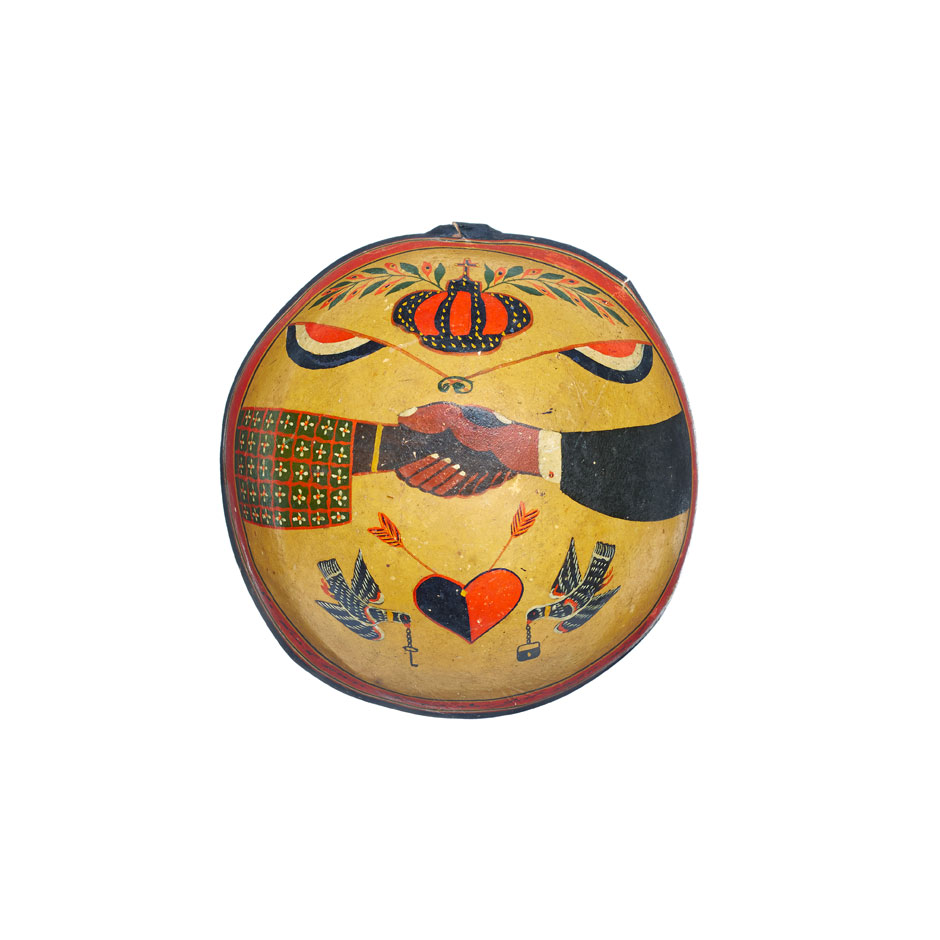Switzerland and Slavery
What Traces of Slavery are there in Geneva?
A human tragedy throughout history and on all continents, slavery became the object of large-scale intercontinental trafficking in the 17th century. From the 16th to the 19th century, more than 12 million Africans, captured and reduced to slavery on their continent, were bartered like commodities for goods manufactured in Europe – arms, metals and above all the colourful cottons called «indiennes», before being deported to the American colonies as a servile workforce on sugar, coffee and cotton plantations. Massively distributed from the 18th century on in Europe, the products from these plantations would significantly modify consumer habits in Switzerland and contribute to the rapid development of its cotton industries. Switzerland’s participation in trafficking, both active (owners of vessels known as «slave ships», planters using slave labour) and indirect (shareholders in shipping companies), is estimated to represent about 1 to 2% of all Africans displaced to the Americas.
To go further [PDF 0.3 Mo]
Warning: some content presents racist, discriminating images or terms.
These are historical evidence of Western hegemonic thinking.
Their presence is indicated by this symbol.
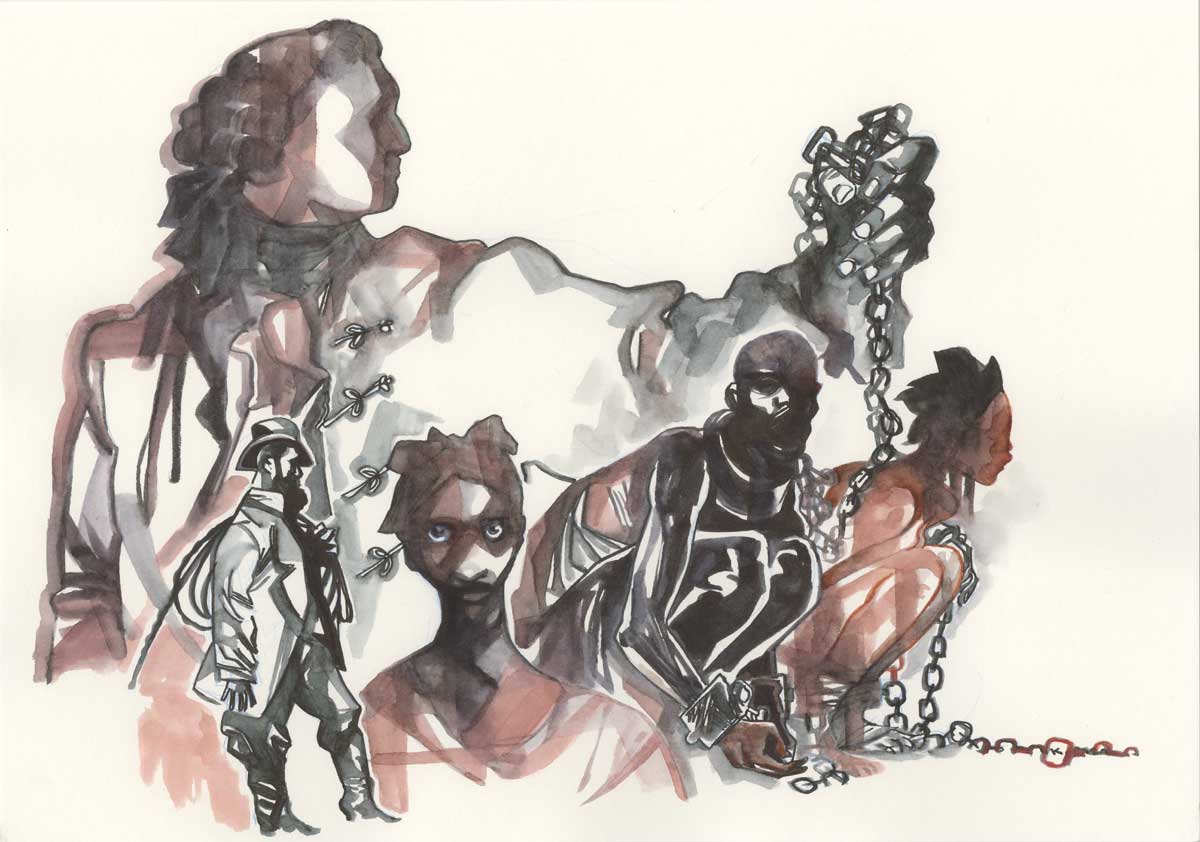
Héritages de la Suisse coloniale : Le commerce des esclaves, derrière la fortune de la grande famille de Pourtalès à Neuchâtel
JP Kalonji
Illustration published in a series of articles in Le Temps on Switzerland's colonial past.
Mixed techniques. 2021.
Loan from the artist
© JP Kalonji
Does the MEG hold objects connected to slavery?
Yes, but only ones related to the slave trade and the violence of slavery. As far as we know, enslaved people are not represented in the MEG's collections by objects which belonged to them. Neither their lives nor their struggles are reflected in our museum collection.
This invisibility bears witness to the dehumanization that enslaved people suffered.
Showing irons and currency related to the slave trade therefore demonstrates the impossibility of the MEG carrying out an act of remembrance towards the people who were subjected to slavery and their descendants.
Floriane Morin/MEG
C'est de l'homme que j'ai à parler. Rousseau et l'inégalité par Danielle Buyssens et Christian Delécraz [PDF 38 Mo]

